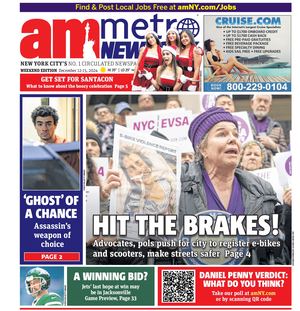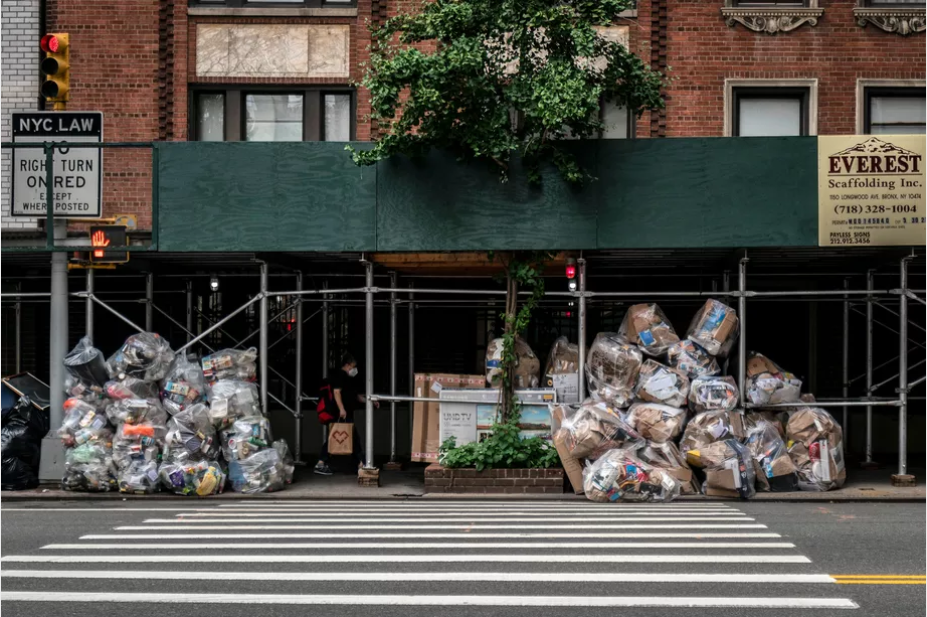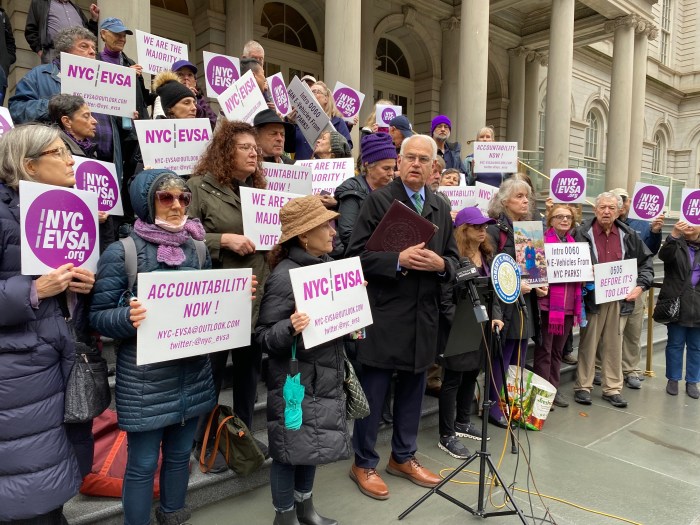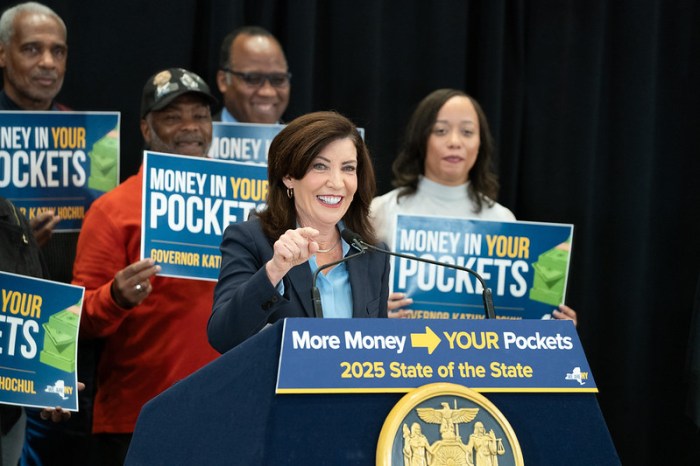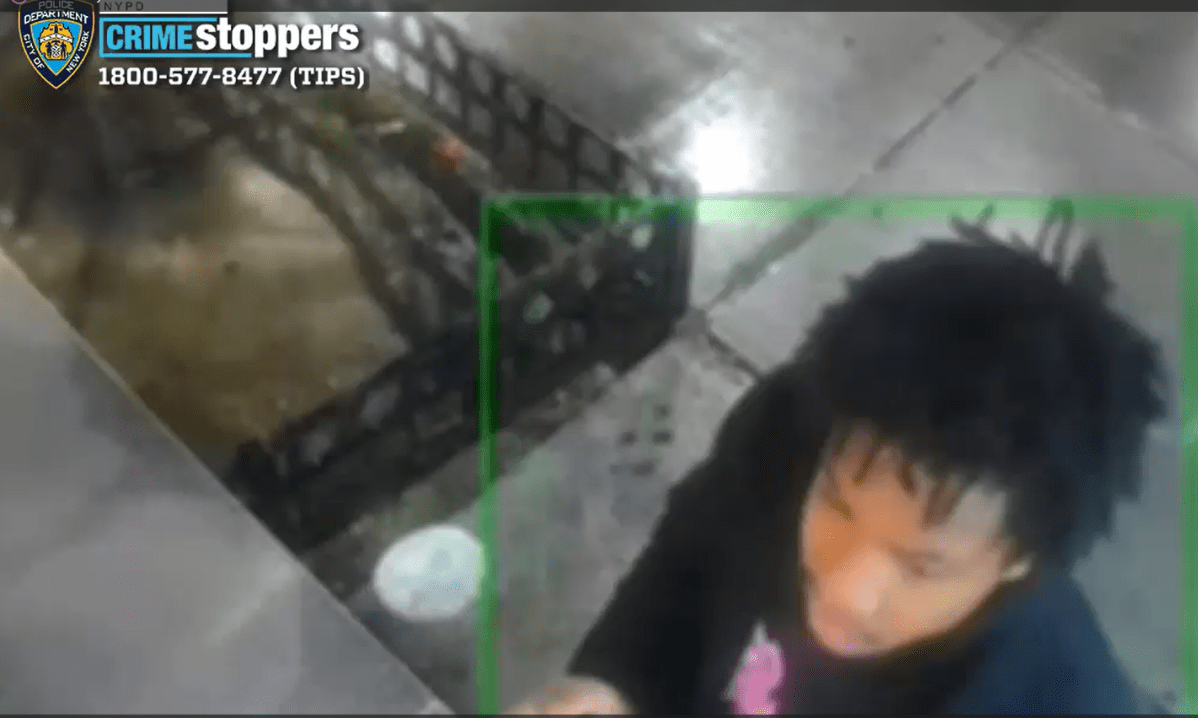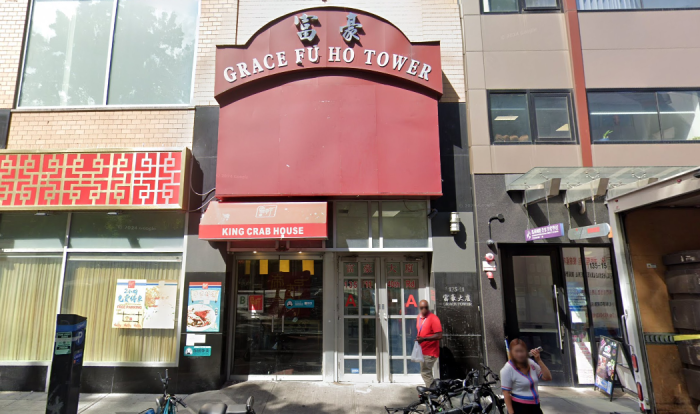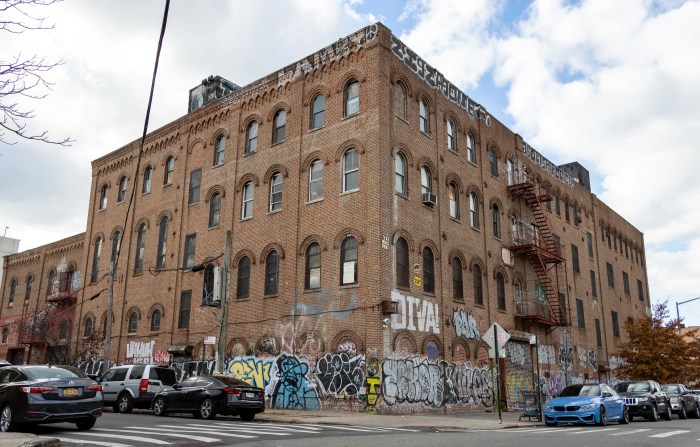BY PETER SENZAMICI, THE CITY. This article was originally published on by THE CITY
As New York slowly reopens, many residents have noticed a disturbing return to normal: The rats are coming back, too.
And budget cuts to programs targeting rats are raising concerns streets will only get worse, especially in some long-infested neighborhoods.
“The trash is ridiculous and the rats are even more ridiculous,” said Tiffany Joy Murchison, 44, a PR consultant and Bedford-Stuyvesant resident.
She said in her nearly 15 years of living in the neighborhood, the rats have never been as bad as they are now. She blames piles of garbage left out on the curb and overflowing street waste baskets.
“We don’t even come outside after sundown,” said Murchison.
Because of pandemic-related belt-tightening, over $2.2 million in rat-fighting funds were sliced from Sanitation’s budget for 2021.
The budget agreed on in June by the mayor and City Council achieved by eliminating an extra fourth day of trash pickups and by reducing extra litter basket services in rat mitigation zones, areas defined by the Department of Health as part of a multi-agency rodent elimination program started by Mayor Bill de Blasio three years ago.
That program was a part of a larger $32 million rat-attack plan announced in July 2017, with the goal of reducing rodent sightings by 70% in three areas with the highest numbers of rat-related 311 complaints: Bedford-Stuyvesant and Bushwick in Brooklyn, Chinatown and the Lower East Side, and the South Bronx.
More than $25 million of the funding was spent at New York City Housing Authority buildings within these areas, replacing basements’ dirt floors with concrete and installing new trash compactors.
The Brooklyn and Bronx zones saw higher numbers of rat complaints this July compared to last year, while in Manhattan, the 311 calls increased but the total was still fewer than last year’s figure.
Rat experts say that these cuts will only lead to even more rat complaints, especially in areas already experiencing a large number of rodent infestations.
“The overriding principle on all of this of course is biological. Rats need their food as we do,” said Bobby Corrigan, a former rodent-control research scientist at the city health department and renowned “Urban Rodentologist.”
“In short, rats love city budget hardships,” Corrigan told THE CITY.
Rat Program Takes A Hit
Matthew Combs, a postdoctoral research scientist at Columbia University’s Department of Ecology, Evolution and Environmental Biology, who specializes in rodents, said the cuts are “definitely a step back” for what had been heralded as a holistic approach to rat control.
“I think it showed places around the world that talking about trash policy and changing sanitation, more than doing lots of rodenticide, was the answer to this problem,” Combs said of the Sanitation Department’s role in the rat mitigation zone program.
“Most people in New York understand that trash is the problem with rats,” he added.
As New York City started to shut down back in March due to COVID-19, it seemed that maybe the rats were going on pause, too. Rat complaints dropped as humans, whose garbage the rodents thrive on, reduced their outdoor activity, especially in certain high-traffic business districts.
:no_upscale()/cdn.vox-cdn.com/uploads/chorus_asset/file/21695577/111119_rat.0.jpg)
But in July, citywide 311 rat complaints were edging towards last year’s mark, with 3,006 calls compared to 3,398 in 2019 while the city is still largely shut down.
In 2017, the city announced residents living inside the rat mitigation zones could expect an array of multi-agency improvements.
Among them: replacing old-school wire trash baskets with either steel cans or expensive “Big Belly” solar-powered compactor cans, more frequent trash pickups, and increased inspections and enforcement of rat-related violations by city health officials.
The targeting of specific zones reflects that rats are not commuters by nature.
“Their colonies and their populations tend to be quite localized,” Combs told THE CITY. “If resources are plentiful in an area, then that area is going to support a lot of rats.”
Garbage Piles Up
:no_upscale()/cdn.vox-cdn.com/uploads/chorus_asset/file/21702067/big_belly_trash_1.0.jpg)
While complaints have mostly declined since 2017, reports from residents in different neighborhoods show mixed results.
Wellington Chen, executive director of the Chinatown Business Improvement District, told THE CITY that the program has been a success.
“If this current situation happened now and we didn’t have the Big Belly [trash cans], we would be in deep trouble,” Chen told THE CITY.
But in Bedford-Stuyvesant, Murchison said her neighborhood is still stuck with the old, overflowing litter baskets and that the city never increased trash pick-up service.
The Sanitation Department confirmed trash pickups were never boosted to four times a week in the Brooklyn mitigation zone, as they had been in Manhattan and The Bronx. But now, even three days seems ambitious.
Since the onset of the summer heat, Murchison has spent Saturday mornings running to McCarren Park in Williamsburg with her daughter. “When we leave in the morning, the garbage is out,” she said, “then when we get back in the afternoon, sometimes the garbage is still there.”
“I’ve never been afraid to walk down the street until now,” Murchison added.
In July, citywide 311 complaints about missed trash pickups increased by nearly 25% compared to the same month last year.
“The FY20-21 budget involved tough choices across the city, including at DSNY,” said Joshua Goodman, a Department of Sanitation spokesperson. “We remain committed to rat mitigation goals, and in order to meet them, need all New Yorkers to help do their part to keep streets clean.”
The Mayor’s Office did not respond to requests for comment.
Efforts Put on Hold
Other Sanitation initiatives that would have directly impacted rats’ access to a free lunch have been also put on hold due to budget constraints.
Late last year, the department announced the winner of a new rat-resistant litter basket design contest seeking a model to replace the 1930s-era green wire receptacles. Procurement for the new baskets is now on hold, according to the department. And the curbside organic waste program, which helps remove food from the regular trash stream, has been suspended for a year.
:no_upscale()/cdn.vox-cdn.com/uploads/chorus_asset/file/21711152/08.07.2020_02_-crop.0.jpg)
A trash containerization program announced in early March that aims to end piles of garbage on city sidewalks, a major source of rodent nourishment, has not been affected by cuts and is moving forward, according to the Department of Sanitation.
Michael Lanza, a spokesperson for the city’s Department of Health and Mental Hygiene, says that the rat mitigation zones are still effective and that the agency’s pest control programs, which include rodent surveillance, inspections and fines for violations, and extermination, have not been affected by budget cuts.
The Health Department also maintains a rat information portal to track rodent violations, but it has not been updated since early January. Lanza said it should be operating again after updates are completed at the end of the summer.
Slam Dunked
Some public officials have made rat killing their cause célèbre. Brooklyn Borough President Eric Adams infamously unveiled a new dunk-tank style rat trap last fall, which he claimed could hold up to 90 dead, soggy rodents.
In a statement to THE CITY, Adams said that the deployment of these bucket traps has “abated” the rodent infestation around Borough Hall.
Adams, who is running for mayor in 2021, said the Department of Sanitation needs to put more litter baskets on the street and restore the curbside organic waste program.
“The failure to keep our streets clean has led to a rodent infestation crisis in many communities, which contributes to a poorer quality of life for residents,” he wrote.
Jan Lee, the leader of the Civic Center Residents Coalition and owner of two properties on Mott Street in Chinatown, told THE CITY he hasn’t noticed an increase in rat activity.
“But then again, we’re not out at night the way we used to be,” Lee wrote in an email.
THE CITY is an independent, nonprofit news outlet dedicated to hard-hitting reporting that serves the people of New York.
